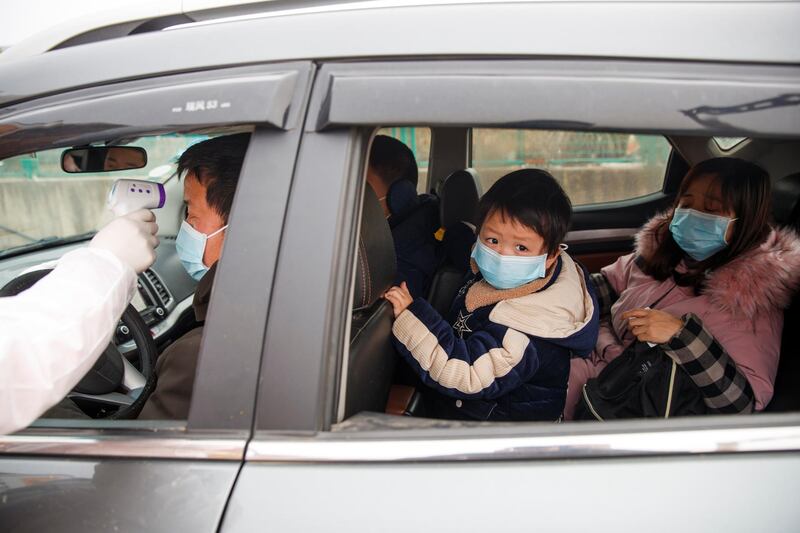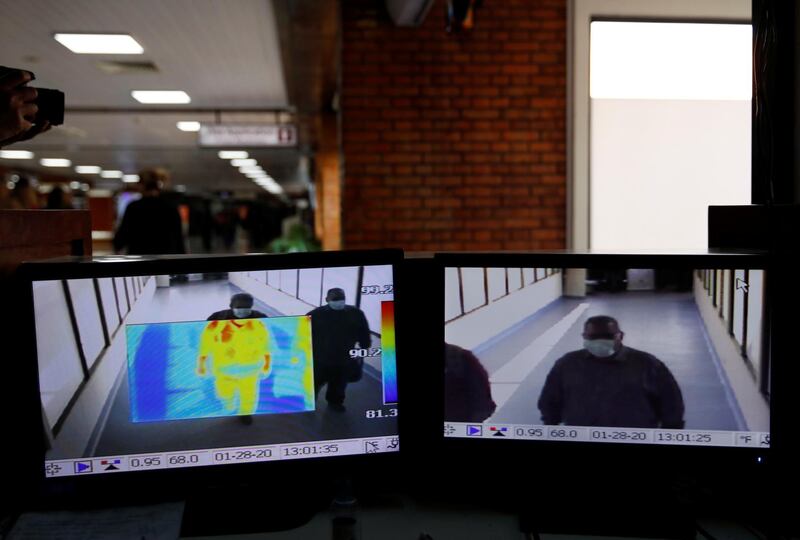Latest: What scientists can tell us after 100 days of Covid-19
People could be forgiven for thinking coronavirus is a completely new threat, following an explosion in media coverage after the outbreak in China.
But in truth, coronaviruses were already common. The chances are, you’ve even caught one at some point.
Four coronaviruses that commonly infect people usually lead to mild respiratory infections, such as the common cold.
Another type was responsible for the Severe Acute Respiratory Syndrome (Sars) outbreak in 2002 and 2003.
Coronavirus is also responsible for Middle East Respiratory Syndrome (Mers), or camel flu, which emerged in Saudi Arabia around eight years ago.
This latest strain of coronavirus, so far called 2019-nCoV, or the Wuhan virus, has spread from China to 16 other countries, including the UAE.
How common are the other coronaviruses?
The common cold – caused by four forms of the virus – are a fact of life. So much so that most people will not seek medical treatment. It means it is impossible to find reliable figures on how many cases there are – but it is not unusual for children to catch up to 10 a year while adults can expect to catch between two and four every 12 months.
In late 2003, the emergence of the Sars virus caused a major panic – and by the following July there had been more than 8,000 cases and it killed nearly 800.
But according to the World Health Organisation, there hasn’t been a case reported since 2004. There were no Sars cases ever reported in the UAE and there was no major outbreak in the Middle East, with just one case being found in Kuwait. The patient survived.
Mers, meanwhile, has affected UAE residents. Between September 2012 and November last year, the World Health Organisation has been notified of 2,494 laboratory-confirmed cases of infection.
While the vast majority of cases have been in Saudi Arabia, the UAE is the next most commonly-affected country, with a major spike coming in 2014. Cases have reduced drastically since then.
Last October, a 44-year-old male farmer in Al Ain was confirmed to have had Mers, the first case reported from UAE since May 2018.
Between 2012 and October last year, the UAE reported 88 cases of Mers infection and 12 associated deaths.
This compares with the four people from Wuhan, who travelled to the UAE for a holiday and were from the same family, who have been found to have the latest strain of coronavirus.
What about other conditions?
Experts and health officials have been quick to stress that the threat from the Wuhan strain of coronavirus should be kept in perspective. For example influenza, which is not a coronavirus, poses a greater risk to public health.
While the number of deaths that influenza causes can change significantly from year to year, in the winter two years ago a particularly severe outbreak killed an estimated 80,000 people in the United States alone.
Statistics are not available on the number of cases in the UAE, but the 2018 strain of the respiratory infection proved particularly lethal in Dubai, with schoolgirl Alia Niyaz Ali dying from complications associated with the virus.






















